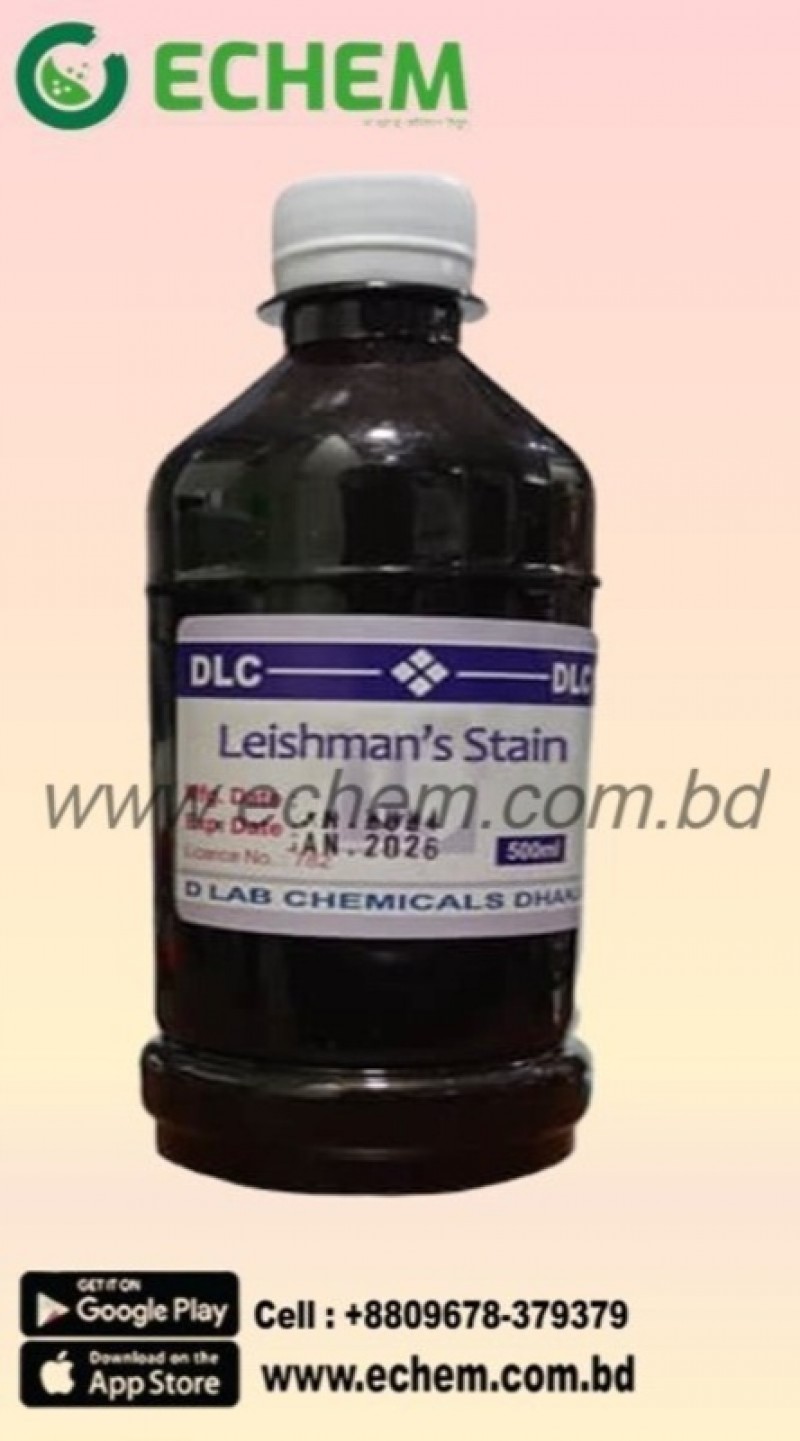Leishman Stain 500mL
Leishman stain is a type of Romanowsky stain used primarily in histology and cytology to visualize blood cells and certain microorganisms. It is beneficial for identifying parasites like Leishmania, which causes leishmaniasis, and assessing the morphology of various blood cell types.
- Applications of Leishman Stain Solution:
- Parasitology: Identifying Leishmania in smears from skin lesions or blood.
- Hematology: Assessing blood smears for various conditions, including infections and blood disorders.
- Procedure: The staining process typically involves fixing a specimen (like a blood smear), applying the stain for a specific duration, and then rinsing to reveal the stained components under a microscope.
- Visualization: The stain highlights different cellular elements, such as:
- Nuclei (which appear blue)
- Cytoplasm (which can take on various shades depending on the cell type)
- Parasites may be visualized as distinct structures within the cells.
- Advantages:
- Simple and cost-effective.
- Provides clear differentiation of cellular components, aiding in diagnosis.
- Limitations: Requires careful preparation of smears and may not be suitable for all types of microorganisms or tissue samples.
If you'd like to know more about this chemical or need any analysis report regarding this chemical then contact us: support@echem.com.bd.

Login To Comment